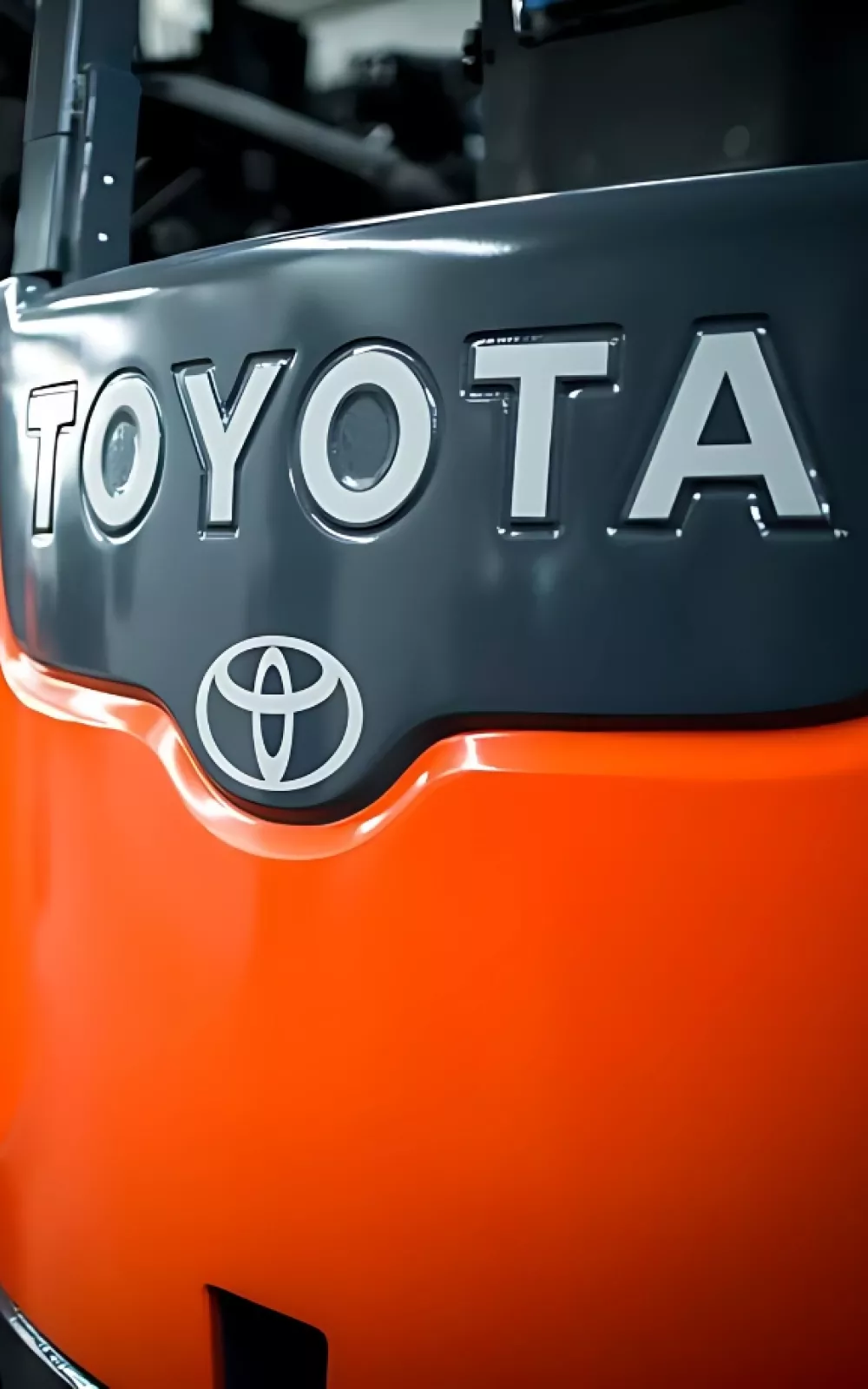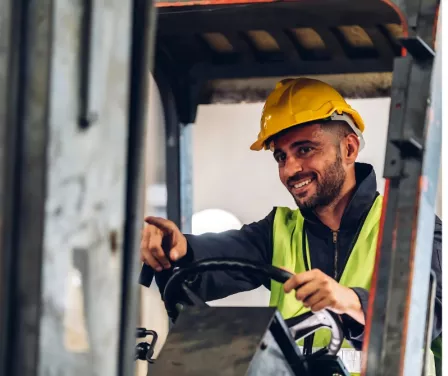Rent
ProLift offers daily, weekly, and monthly rentals. Find the right equipment for maximum productivity and safety.
Let us know how we can assist you! A ProLift specialist will connect with you to help with your material handling needs.

Knowing what to do during a forklift tip-over can save your life. Learn the critical steps to protect yourself in this dangerous situation, such as staying in the cab and holding on tight.

On average, 100 people die each year due to forklift-related accidents, with nearly half of those fatalities caused by tip overs. Research, accident data, and witness accounts show that an operator's chance of survival significantly increases if they remain inside the overhead guard area and stay seated during a tip over incident. Staying within the forklift’s protective zone is critical to reducing injury or fatality in such accidents.
The sole purpose of the forklift seat belt is not for front-end collisions. Instead, it it there to keep you in the seat in case of tip-over.
When a forklift starts to tip, it's natural to want to jump, but this instinct can be deadly. Two things push you in the wrong direction: momentum pulling you toward the side tipping over and the false sense that the ground, which feels safer, is closer on that side. Unfortunately, you can't escape the machine fast enough, and the overhead guard can crush vital areas like your head, neck, shoulders, or chest. Staying inside the protective guard area is key to survival.
Humans have a natural tendency to extend their arms and legs in the direction of a tipping forklift, as if to stop the machine from falling. However, during a forklift tip over, it's crucial to keep your hands and feet inside the safety confines of the forklift and overhead guard to avoid serious injury.
Help your forklift operators keep safety awareness strong. ProLift offers a variety of safety training classes for operators and in-house trainers.

Continue promoting safety at your facility with our comprehensive safety training classes. ProLift offers training for both operators and trainers. Contact our safety specialist to schedule your team.
As a full-service material handling dealer, ProLift can help you with questions and solutions for your equipment, service, parts and more. Tell us how we can help.

Let us know how we can assist you! A ProLift specialist will connect with you to help with your material handling needs.
